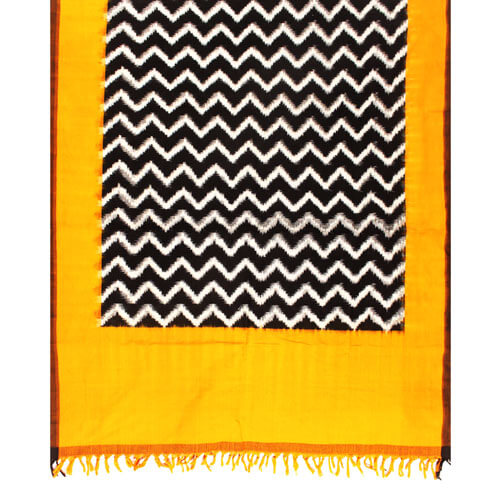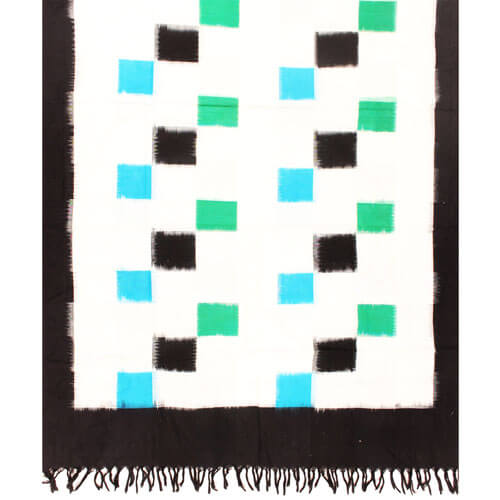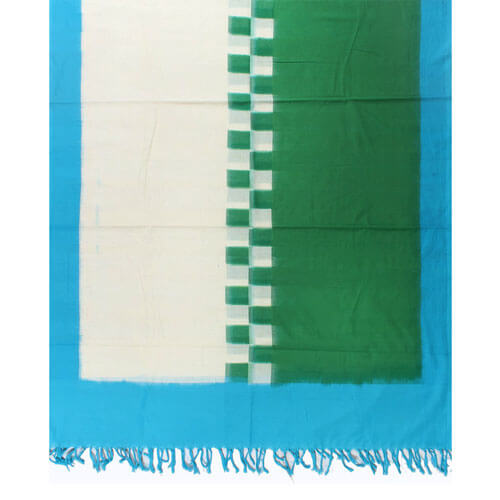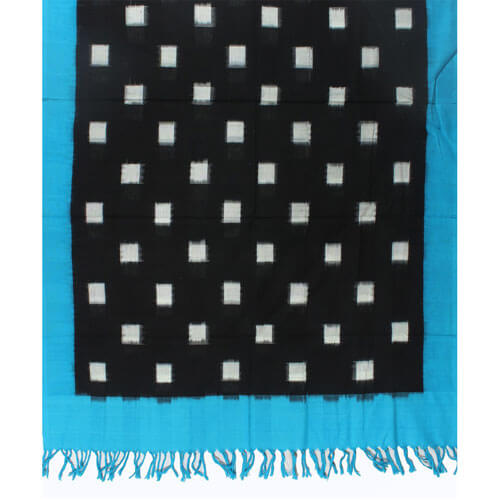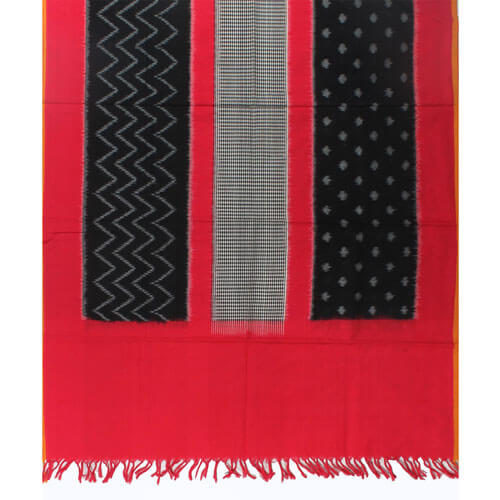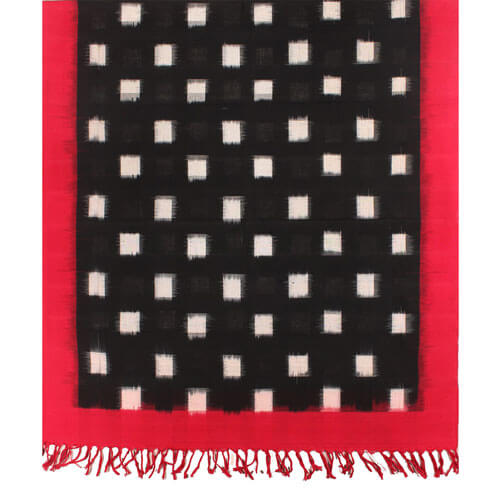Pochampally and the cluster of many villages in Yadadri-Bhuvanagiri district of Telangana are renowned for world-famous Ikat designs and dress materials. Here the threads and colours created by skillful weavers are used in the process of making beautiful sarees and dress materials. Popularly called as the Ikat or Tie and Dye weave, the uniqueness of Pochampally fabric lies in the transfer of design and colouring onto warp, for weaving them deftly together.
Pochampally has many traditional looms, and many of these designs are more than a century-old. Telangana is considered as one of the ancient Ikat weaving centers of India, in addition to the states like Gujarat and Odisha.
Pochampally Ikat is also known locally as Chitki, Pogudubandhu, and Buddabhashi in the region of Telangana where it is produced, whereas in other parts of India, the handloom design is popularly known as Pochampally. The Ikat design has its own unique pattern, which is different from other Ikat producing centres of India. There are more than five thousand looms producing this textile in this region.
The fabric used is cotton, silk and sico, which is actually a mix of silk and cotton. Ikat represents a weaving form wherein the warp, weft and even both are tie-dyed before they are weaved to create any designs on the finished fabric. Great care is taken from tying of the resistant areas with the water repellent material. The precision of the wrapping process decides clarity of the design. After wrapping, these warp threads are dyed. When these are eventually finished and unwrapped, the areas under these ties retain the original colour. Numerous colours are then added once the additional wrappings are done.
Designs are worked out usually on graph paper before the actual weaving process begins at the Pochampally handlooms. The natural movement during the process of weaving gives the Ikat designs a form of feathered edge, which is indeed a highlight of this technique. Pochampally handlooms are widely known for the durability of the colours that are used in the yarn.
Pochampally Ikat is a well-known form of saree made in Bhoodan Pochampally and these are popular for their traditional geometric patterns with the Ikat style of dyeing. The intricate geometric designs are mastered by the hands of skilled weavers here who make beautiful sarees and dress materials at the several handlooms which are run in the villages of this region for decades. The handlooms have been upgraded with changing times while customized designs are created based on the order and demand from customers.
Pochampally village has made it to UNESCO tentative list of world heritage sites under the "iconic saree weaving clusters of India". The weaving here is carried out in Pochampally, Sripuram, Chuigottala, Koyalgudam, Chowtuppal and Galteppala and other villages that are situated closeby. Pochampally represents a prestigious weaving tradition of Telangana. The fabric is marketed today through a cooperative society, other related organizations as well as the master weavers and the business houses which are located in Pochampally.
Pochampally saree also received Intellectual Property Rights Protection or Geographical Indication (GI) status in the year 2005. Pochampally Ikat is a registered property of the Pochampally Handloom Weavers Cooperative Society Ltd & the Pochampally Handloom Tie & Dye Silk Sarees Manufacturers Association. The Pochampally Handloom Weavers’ Co-Operative Society Ltd. was established in 1955 and it has a turnover of more than 2.5 crores per annum currently. The associations markets and sells their products all over India and in the process it has also received few awards and rewards as well. The Pochampally Ikat sarees command a very good market in India and overseas as the weavers also make use of modern synthetic colours for creating exclusive designs, considered typical of the Indian saree tradition. In fact, the air hostesses of Indian government's official air carrier, Air India wear specially created Pochampally silk sarees.
















